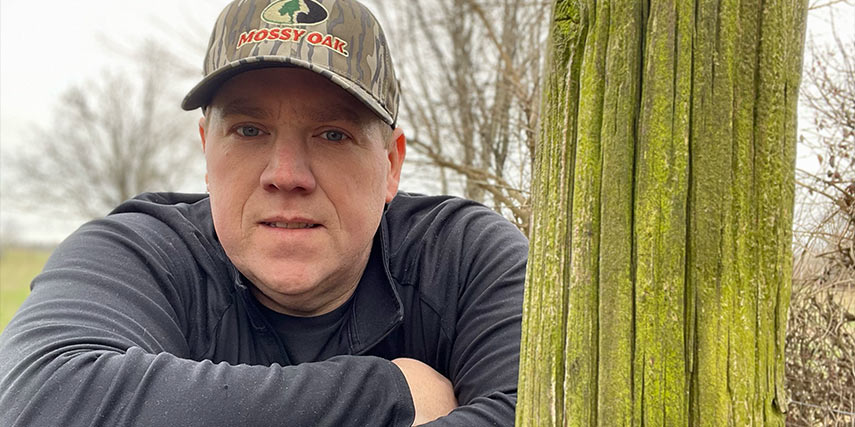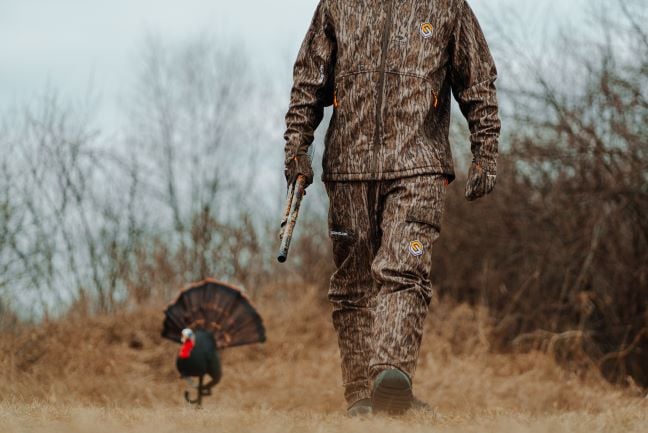The advancements in bowhunting equipment in the past twenty years have produced the fastest, most accurate, and most forgiving compound bow setups ever seen by bowhunters. With compound bow advancements, arrow technology, and technologically advanced accessories such as sights, rests, and stabilizers, it is no surprise that hunters are shooting better than ever.
The Benefits of Indoor Archery: Enhancing Skills and Preparation for Bowhunters
- By Heath Wood
- Jul 10, 2024













